Ottawa
February 8, 2024
SMART Remediation talks have focused on innovative technologies for remediating contaminated sites, approaches for site characterization, project case studies, regulatory and industry perspectives, and other related topics.

A recent SMART Remediation conference was held in Toronto on March 31st 2022. Details on the speakers and presentations are provided below.
Speakers
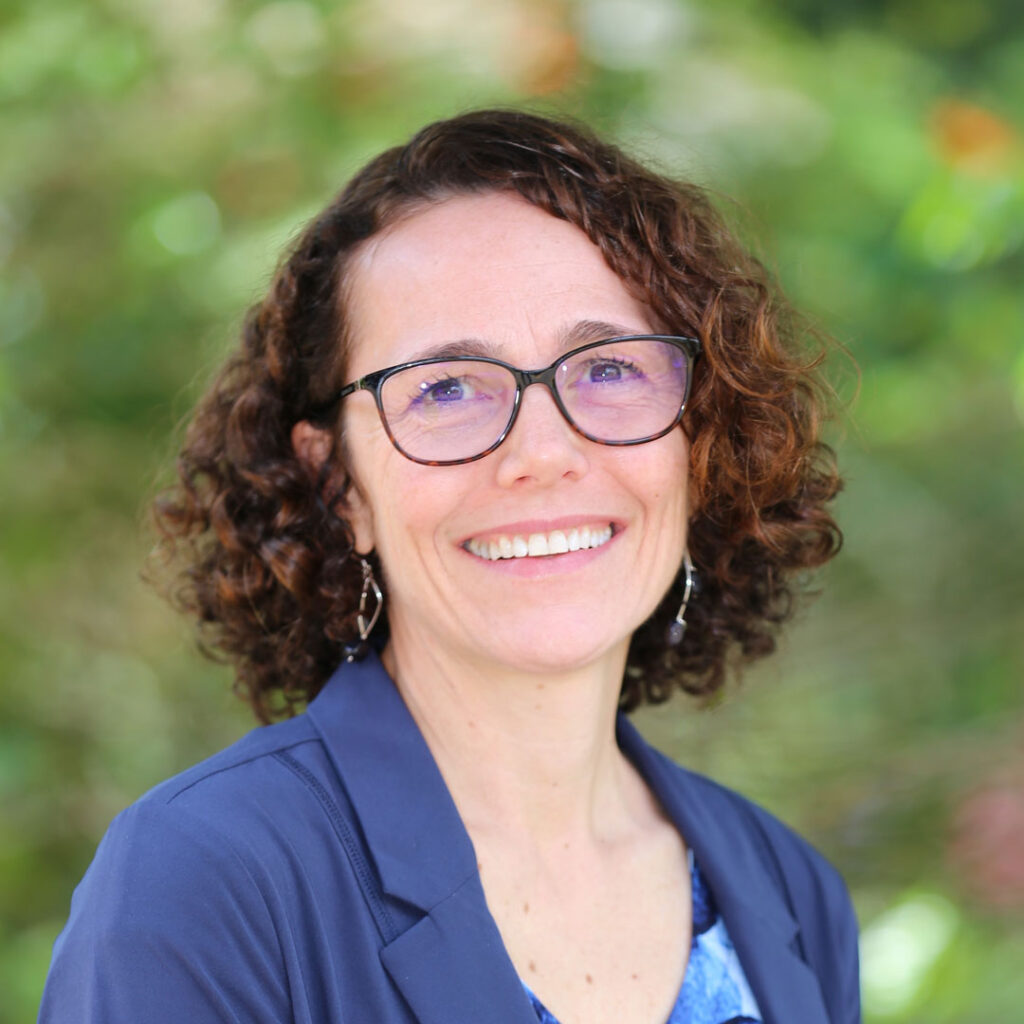
Jennifer O’Grady,
Terrapex
6ppd and 6ppd-Q, Environmental Fate and Transport and Current Regulatory Environment
- Bio |
- Abstract
- | Presentation
Jennifer O’Grady
6ppd and 6ppd-Q, Environmental Fate and Transport and Current Regulatory Environment
Terrapex’s presentation will build on the overview of N‑(1,3‑dimethylbutyl)-N’-phenyl-p-phenylenediamine (6PPD) and its oxidation product, 6PPD-quinone (6PPD-q) proposed to be presented by SGS “6-PPD Quinone: Occurrence and Best Practices in Measurement”.
These compounds, which have been determined to be severely toxic to Coho salmon and other species, are known to be entering waterways from runoff containing tire wear particles. Research is in the very early stages but is progressing rapidly. The presentation will focus on what will be of most interest to practitioners in site assessment and remediation and will present some of the challenges associated with these emerging contaminants.
The first segment of the presentation will review what is currently known about the physical and chemical properties of 6PPD and 6PPD-q and how these influence the environmental fate and transport of the compounds through water, soil, and air, as well as their potential for bioaccumulation and toxic effects. The second segment will review the current regulatory landscape surrounding 6PPD and 6PPD-q. We will look at actions that have been taken or are being considered in various jurisdictions, including Canada, the USA and Europe, to monitor and/or control the use and release of these compounds. Additionally, the presentation will discuss the concerns, responses and initiatives of rubber product manufacturers and industry associations.

Ivana Vukovic,
SGS North America
6-Ppd Quinone: Occurrence and Best Practices in Measurement
- Bio |
- Abstract
- | Presentation
Ivana Vukovic
Ivana Vukovic is the Product Manager, Specialty Laboratories with SGS North America. With a Bachelor of Science and a variety of different roles in prominent international laboratories, she brings over 18 years of experience in the everchanging environmental industry.
Ivana’s specialty lies in providing scientific leadership and oversight on product and service designs, development, and technical specifications with a powerful focus on pricing and performance.
As a leader in the Specialty Laboratories division at SGS, Ivana’s contributions center around impacting positive environmental change through PFAS identification and research. Her expertise encompasses a high focus on additional emerging contaminants on a global scale in different medias such as groundwater, soil, emissions and more. Her diverse knowledge connects clients and products to help move towards a sustainable and viable future.
6-Ppd Quinone: Occurrence and Best Practices in Measurement
N-(1,3-dimethylbutyl)-N’-phenyl-p-phenylenediamine (6PPD) is added to almost every automobile tire to prevent cracking from ozone. However, a newly discovered environmental reaction by-product 6-PPD-quinone (6-PPDQ) has been identified in 2020 as being responsible for urban runoff mortality syndrome (URMS) in Coho Salmon (Oncorhynchus kisutch). The LC-50 of 6-PPDQ is 41 ng/L to juvenile Coho making it one of the most toxic substances known to us. In addition to extreme toxicity in Coho, significant lethal effects (LC-50 1 µg/L or less) have been observed in geographically widespread species such as brook trout (Salvelinus fontinalis) and rainbow trout (Oncorhynchus mykiss). Toxicity shows 5 orders of magnitude species dependence. Worldwide monitoring results show almost ubiquitous presence. Other sources of 6-PPDQ could be the reuse of tires in playgrounds and artificial turf near sensitive streams, and adjacent to factories manufacturing or using 6-PPD.
In this study, we
- Present recent advances in the measurement of 6-PPD and 6-PPDQ
- Collate and discuss Canada and world-wide occurrence of 6-PPDQ
- Shed light on tire and road wear particles (TRWP) and associated chemical constituents
This presentation will be followed by one from Terrapex on “6PPD and 6PPD-Q, Environmental Fate and Transport and Current Regulatory Environment”.
We developed and validated an isotope-dilution UPLC-MS/MS method in aqueous samples capable of measuring 6-PPDQ at concentrations 400 times below the LC-50. This work also revealed significant challenges in the measurement of the parent 6-PPD due to its significant instability. Internal data on occurrence from coastal British Columbia and adjacent regions showed that 94% and 88% of the aqueous samples showed detected levels of 6PPD-quinone, and 6PPD respectively. The measured concentrations ranged from 0-740 ng/L for 6PPD-quinone and 0-5100 ng/L for 6PPD. On average, the concentration of 6PPD was 3.5x that of the 6PPD. The highest concentrations were detected in the wet season, and the lowest concentrations were detected in the dry season. Our method validation and initial occurrence data, and work of others in North America shows the widespread occurrence of 6PPDQ at levels toxic to multiple species. It also points to increased need for the monitoring of 6PPDQ, and the measurement of toxicity in other species given the wide variance in toxicity by species. In addition, there is emerging need to consider the regulation of 6-PPDQ in road runoff and to understand best practices for mitigation.
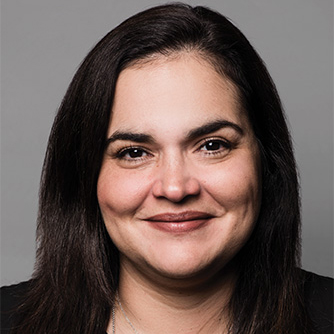
Ximena Druar,
siREM
Unlocking Environmental Insights: Next Generation Sequencing Applications in Groundwater Remediation, Bioaugmentation, and eDNA Analysis
- Bio |
- Abstract
- | Presentation
Ximena Druar
Unlocking Environmental Insights: Next Generation Sequencing Applications in Groundwater Remediation, Bioaugmentation, and eDNA Analysis
Next generation sequencing (NGS) is a technology that allows for rapid DNA sequencing of full genomes or specific targeted regions. In this presentation, we will highlight how NGS can be used to provide environmentally relevant information for enhanced in situ groundwater remediation, the characterization of microbial cultures used in bioaugmentation, and the characterization of water associated non-microbial fauna using eDNA approaches.
Characterization of microbial communities in groundwater for in situ groundwater remediation is routinely performed with NGS. Common uses include determining the potential for natural attenuation and assessing the need for, and impacts of, enhanced bioremediation. Examples of NGS data for chlorinated solvent and hydrocarbon contaminated sites will be provided to demonstrate how NGS enhanced understanding of bioremediation processes and the subsurface conditions.
NGS approaches can also be used to characterize composition and stability of beneficial microbial bioaugmentation cultures, such as the KB-1 and DGG Plus bioaugmentation cultures used in groundwater remediation. One specific use of NGS is to screen cultures against a database of known pathogens. This is something SiREM does early on in culture development, using NGS paired with a custom pathogen screening tool, to ensure bioaugmentation cultures are free of harmful pathogens before injection into the subsurface.
NGS can also be used to characterize aquatic flora and fauna through environmental “eDNA” analysis methods. These methods can also be used to screen sites for the presence of fish, amphibians, aquatic insects, and even birds and mammals associated with aquatic systems. These eDNA methods are a cost-effective approach to screen for endangered or invasive species and to assess the overall health of ecosystems. A preliminary study of aquatic fauna profiles at six locations in Ontario and in California including lakes, swamps, creeks, and estuarian locations was conducted and results indicated a wide range of biota that were consistent with the sampling locations.
Recent years have seen rapid reductions in the cost and increased use of NGS in environmental applications. In this presentation we will present the use of NGS in multiple distinct scenarios, which represent the proverbial tip of the iceberg in terms of potential uses of this powerful technology in environmental remediation and monitoring. Overall, there are numerous applications where high-throughput sequencing technology can allow stakeholders to gain a better understanding of the organisms living in or interacting with a site throughout the characterization and remediation process.
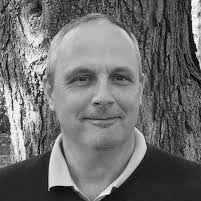
Matt Geary,
CETCO
FLUORO-SORB® Adsorbent In-Situ Injection Applications For PFAS Sequestration
- Bio |
- Abstract
- | Presentation
Matt Geary
FLUORO-SORB® Adsorbent In-Situ Injection Applications For PFAS Sequestration

Kevin French,
Vertex Environmental
AI vs. Environmental Experts: Are Humans Becoming Obsolete in Remediation Design?
- Bio |
- Abstract
- | Presentation
Kevin French
AI vs. Environmental Experts: Are Humans Becoming Obsolete in Remediation Design?
Will you one day soon lose your job to ChatGPT?
As the environmental remediation landscape evolves, the integration of Artificial Intelligence (AI) has emerged as a transformative force in designing effective solutions. This abstract challenges the traditional role of human environmental professionals by exploring the potential of AI, such as ChatGPT, in shaping and executing remediation programs.
While AI-driven technologies demonstrate remarkable capabilities in data analysis, pattern recognition, and complex decision-making, a crucial question arises: Are human professionals becoming redundant in the face of this technological revolution? This presentation dives deep into the advantages and limitations of AI, highlighting its potential to autonomously design remediation strategies based on vast datasets, scientific principles, and optimization algorithms.
Through thought-provoking examples and case studies, the roles of human professionals in the AI-enabled remedial design process will be examined. Are they merely responsible for posing the problem and providing data inputs, or do they still hold the vital role of providing a reality check on AI-generated designs? By addressing this critical question, this presentation aims to spark a discussion on the future of environmental expertise and collaboration between human professionals and AI systems.
This talk aims to present an engaging exploration of the evolving landscape, where hyper-efficient AI algorithms intersect with human intellect and experience. Attendees will gain insights into the implications of AI on environmental remediation design and the evolving roles of human professionals in an era of accelerating technological advancement.

Sajid Alimohamed,
QM Environmental
Soil Management Technology at The Toronto Portlands
- Bio |
- Abstract
- | Presentation
Sajid Alimohamed
Soil Management Technology at The Toronto Portlands
The construction of the Toronto Port Lands Flood Protection and Enabling Infrastructure Project (Toronto Port Lands Project) is taking place in parallel with the introduction of environmental regulations that enforce the tracking of soil leaving the site.
At the Toronto Port Lands, not only are soils leaving the site tracked, but due to several reuse applications at the site, all soils being reused require tracking, which has led to the creation of new technologies to reuse the majority of the 1 million cubic meters of soil being managed.
New technologies like 3-D digital models, GPS driven machine control and remote sensing, cloud-based truck tracking, environmental and geotechnical analytical data management and a QP approvals platform work together to form a sophisticated, integrated tracking system.
As we all know, new technologies go a long way in simplifying work and optimizing outputs, however they come with their own set of challenges.
This presentation describes the new-age soil management technologies QM now implements at sites across Canada, initiated by work at the Toronto Port Lands project.
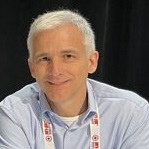
Chris Lompart,
Ontario Ministry of Environment, Conservation and Parks
Ontario Excess Soils Management Panel Discussion
- Bio |
- Abstract
- | Presentation
Chris Lompart
Ontario Excess Soils Management Panel Discussion
N/A
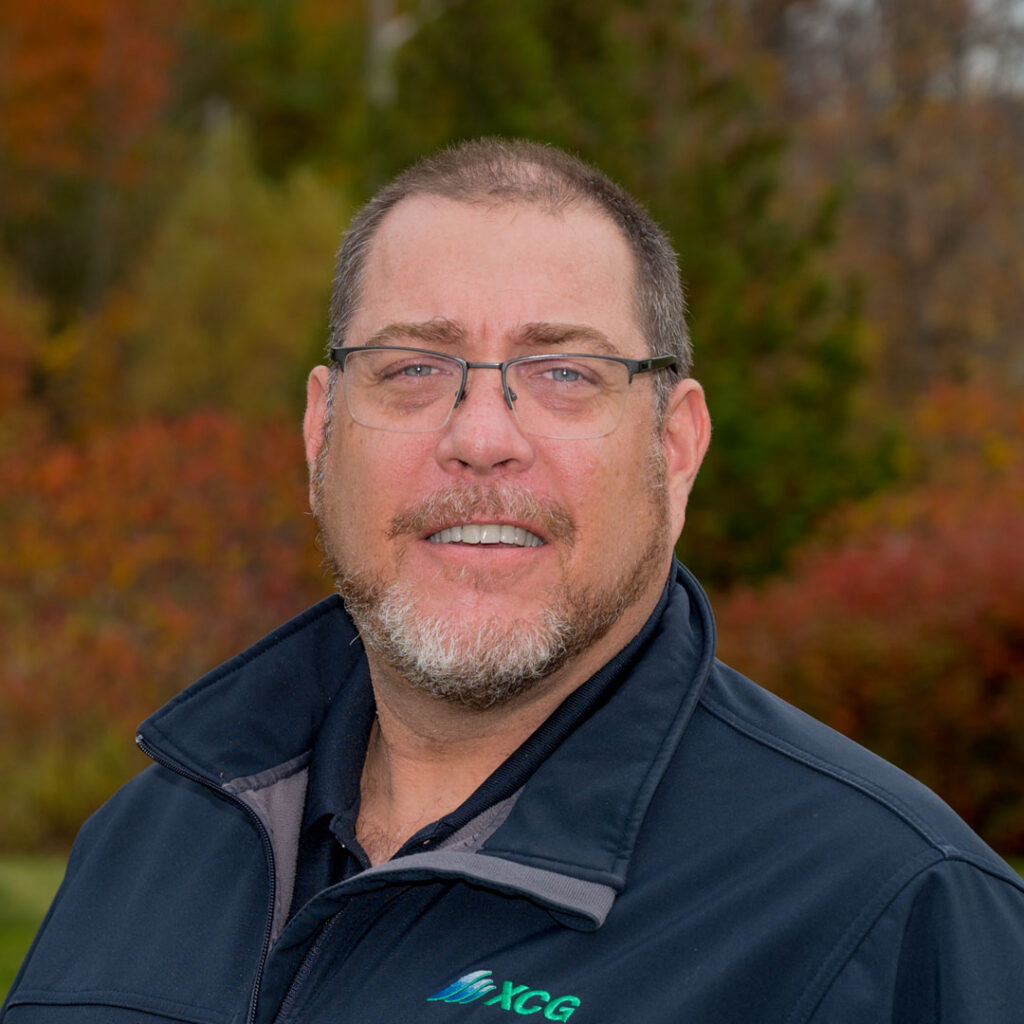
Grant Walsom,
XCG Consulting Limited
Ontario Excess Soils Management Panel Discussion
- Bio |
- Abstract
- | Presentation
Grant Walsom
Grant Walsom is a senior engineer with over 29 years of experience. He is a Partner and Senior Project Manager at XCG Consulting Limited. Mr. Walsom is a Professional Engineer registered in Ontario and Alberta, and a registered Consulting Engineer in Ontario. In addition, Mr. Walsom is a Qualified Person as defined by the Ontario Regulations (O. Reg.) 153/04 and 406/19.
His expertise has included Phase I and II Environmental Site Assessments (ESAs), Site Remediation, Excess Soil Management, and Compliance Audits (for external and pre-acquisition purposes). He has completed numerous Brownfield redevelopments projects with Records of Site Condition (RSC) and remediation for soil and groundwater with virtually all contaminant sources.
Mr. Walsom is currently the past-Chair of the Board of Directors for the Ontario Environment Industry Association (ONEIA) and former co-Chair for the Excess Soils Working Group of the Brownfield Advocacy Committee. Mr. Walsom has also served on the Board of Directors for the Canadian Brownfield Network (CBN) as Vice-President, President, and Past-President and now as an advisor.
Mr. Walsom proudly founded the Qualified Persons Community of Ontario (QPCO) in 2021. He continues as Chair of QPCO and actively participates in the three advocacy teams with the Ministry.
Mr. Walsom enjoys participating in speaking engagements and presentations regarding site remediation case-studies, Brownfield redevelopment, and excess soil management. He has represented ONEIA in the Ministry of the Environment, Conservation and Parks Excess Soils Engagement Group for the implementation of new excess soil management rules and regulations in Ontario. He led the steering committees and creation of the Excess Soils Best Practices documents and training materials by ONEIA for the MECP as well as participated in the Aggregate Pits and Quarries Best Practices development by the Ontario Society for Professional Engineers (OSPE).
Mr. Walsom has participated in the organizing committee and/or presented at the Soils Symposiums held in Ontario in 2016 through 2023.
He was proudly named the 2015 “Brownfielder of the Year” by the Canadian Urban Institute and received the ONEIA “Skip Willis Award” for 2019.
Ontario Excess Soils Management Panel Discussion
N/A
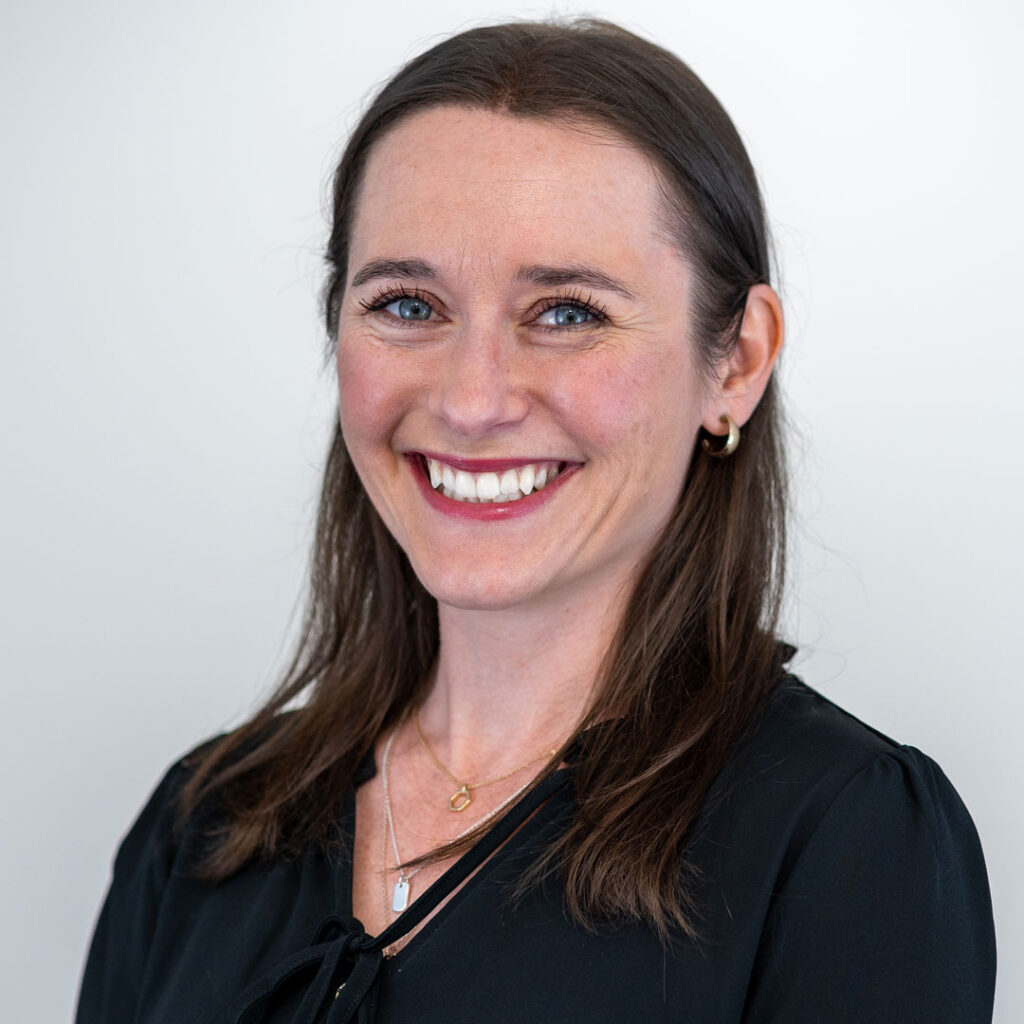
Freesia Waxman,
Grounded Engineering Inc.
Ontario Excess Soils Management Panel Discussion
- Bio |
- Abstract
- | Presentation
Freesia Waxman
Ontario Excess Soils Management Panel Discussion
N/A

Ilan Philosophe,
Ontario Excess Soils Management Panel Discussion
Ilan Philosophe
Ontario Excess Soils Management Panel Discussion
N/A

Jean Pare,
Chemco Inc.
Don’t "Scrap" Your PRB – How to Optimize Treatment and Reduce Cost For Chlorinated Contaminant Destruction
- Bio |
- Abstract
- | Presentation
Jean Pare
Don’t "Scrap" Your PRB – How to Optimize Treatment and Reduce Cost For Chlorinated Contaminant Destruction
Permeable reactive barriers (PRBs) composed of zero valent iron (ZVI) media have been widely applied for removal of chlorinated volatile organic carbon (cVOCs) from groundwater for past 30 years. Traditionally, PRBs have been designed and constructed based on the total mass of ZVI media applied without much consideration for permeability and porosity.
With experience, people have started to put attention to the quality of the material utilized and more recently the use of sponge-iron based media can offer significant performance and cost improvements versus traditional designs using regrind or atomized iron.
To investigate the potential benefits of alternative designs, column studies were conducted to explore the performance of a sponge ZVI media when used in a ‘typical’ PRB design. The laboratory column test consist of the novel sponge ZVI media, a conventional non-sponge ZVI media and a control was set up for benchmarking purpose. The study was conducted for two months using site groundwater contaminated with c-VOCs from a confidential site in the eastern USA. Aqueous concentrations of c- VOC were monitored along the column length to evaluate their degradation kinetics.
Results obtained concluded that, compared to the conventional ZVI media, the sponge iron media requires up to 30% less material (by weight) to achieve the same volumetric fill requirements. The results of the study also confirmed that sponge-iron based ZVI media showed similar or better c-VOCs removal with lower mass. This can offer significant cost advantages in real-world applications.
The lab and full scale application of this technology will also be presented and discussed.

Charles Birchall,
Willms & Shier Environmental Lawyers LLP
Snakes and Turtles And Bats, Oh My! What Environmental Consultants Need to Know About Species at Risk
- Bio |
- Abstract
- | Presentation
Charles Birchall
Charles (Chuck) Birchall, B.A. (Hons.), LL.B., LL.M., is a Partner at Willms & Shier Environmental Lawyers LLP and is a Certified Specialist in Environmental Law by the Law Society of Ontario. Charles practices in the firm’s Ottawa office. He has over 40 years’ experience devoted exclusively to environmental law with particular expertise in contaminated land/brownfields site remediation, environmental compliance and approvals as well as environmental assessment matters. Charles advises clients across Canada, including environmental boards and tribunals respecting environmental assessment issues raised by mining, oil and gas and energy and infrastructure projects. He also advises on Indigenous law and consultation in the mining, infrastructure and energy sectors. He has acted for Joint Review Panels conducting environmental assessments of oil sands projects in northern Alberta. Charles defends clients being investigated or prosecuted for breaches of environmental laws and orders. He also assists clients in managing environmental risk by providing advice on due diligence and compliance measures. He has extensive experience in preparing submissions and appearing on behalf of clients before Parliamentary Committees in the House of Commons and the Senate on proposed environmental legislation. Charles may be reached by email cbirchall@willmsshier.com or by phone at 613-761-2424.
Snakes and Turtles And Bats, Oh My! What Environmental Consultants Need to Know About Species at Risk
Both federal and provincial governments have species at risk legislation, intended to protect listed plants, animals, and their habitat. Such legislation imposes obligations on industry and landowners, and often in redevelopment projects, when listed species are encountered at a project site.
Join Willms & Shier Environmental Lawyers to learn more about these obligations and how to spot key issues and assist your clients to navigate the federal Species at Risk Act and provincial species at risk legislation when undertaking remediation projects.
This presentation will focus on key issues including:
- Requirements for landowners under federal and provincial legislation
- Permitting obligations
- Prosecution and fines, and
- Best practices for environmental consultants.
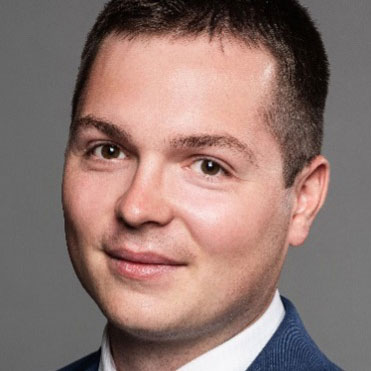
Nicholas Head,
Geosyntec Consultants Inc.
Vapor Intrusion Through Sewers: Sample Collection and Mitigation Methods
- Bio |
- Abstract
- | Presentation
Nicholas Head
Nicholas is a professional geoscientist with Geosyntec Consultants, Inc. based in Guelph, Ontario with more than 5 years of experience investigating and remediating contaminated sites. Nicholas serves as a member of the vapour intrusion practice team at Geosyntec Consultants, Inc. In this role, he supports the implementation of field investigations along with the design and installation of vapour intrusion mitigation systems using new and innovative techniques for private and public sector clients.
Nicholas earned a Bachelor’s degree in Earth Sciences at McMaster University and a Master’s degree in Civil and Environmental Engineering at The University of Western Ontario.
Vapor Intrusion Through Sewers: Sample Collection and Mitigation Methods
Evaluation of vapor transport through preferential pathways, including sewers, has been identified as a key component of vapour intrusion (VI) pathway assessments. Many vapour intrusion guidance documents highlight the need to evaluate preferential pathways. Current research has highlighted the prevalence of preferential pathways and the need to evaluate vapour transport through sewers. Vapour transport through atypical pathways may transport volatile organic compound (VOC) vapours into buildings at a rate greater than would occur from diffusion through subsurface soils. As such, preferential pathways can negate the use of evaluating risk with the Johnson and Ettinger Model or the use of vertical screening distances to exclude buildings at petroleum VI sites.
This presentation will provide a case study of the collection of samples from sewers using both passive and active sampling methods. The advantages and disadvantages of each of these methods will be discussed along with co-located comparison data. The presentation will highlight the investigation of a sewer line that contained VOC vapours and residential buildings downgradient of a contaminated site. Based on the findings of the preferential pathway assessment, mitigation measures, consisting of active sewer venting, were determined to be appropriate. Overview of the design, installation and post monitoring results will be discussed. Lessons learned though the investigation and implementation of the mitigation measures will be highlighted.
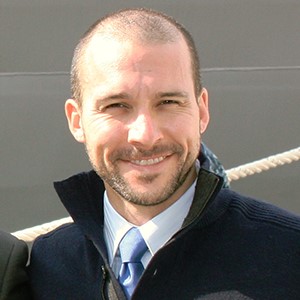
Mike Mazzarese,
AST Environmental, Inc.
Chlorinated Solvent Daughter Product Management and Expedited Remediation
- Bio |
- Abstract
- | Presentation
Mike Mazzarese
Chlorinated Solvent Daughter Product Management and Expedited Remediation
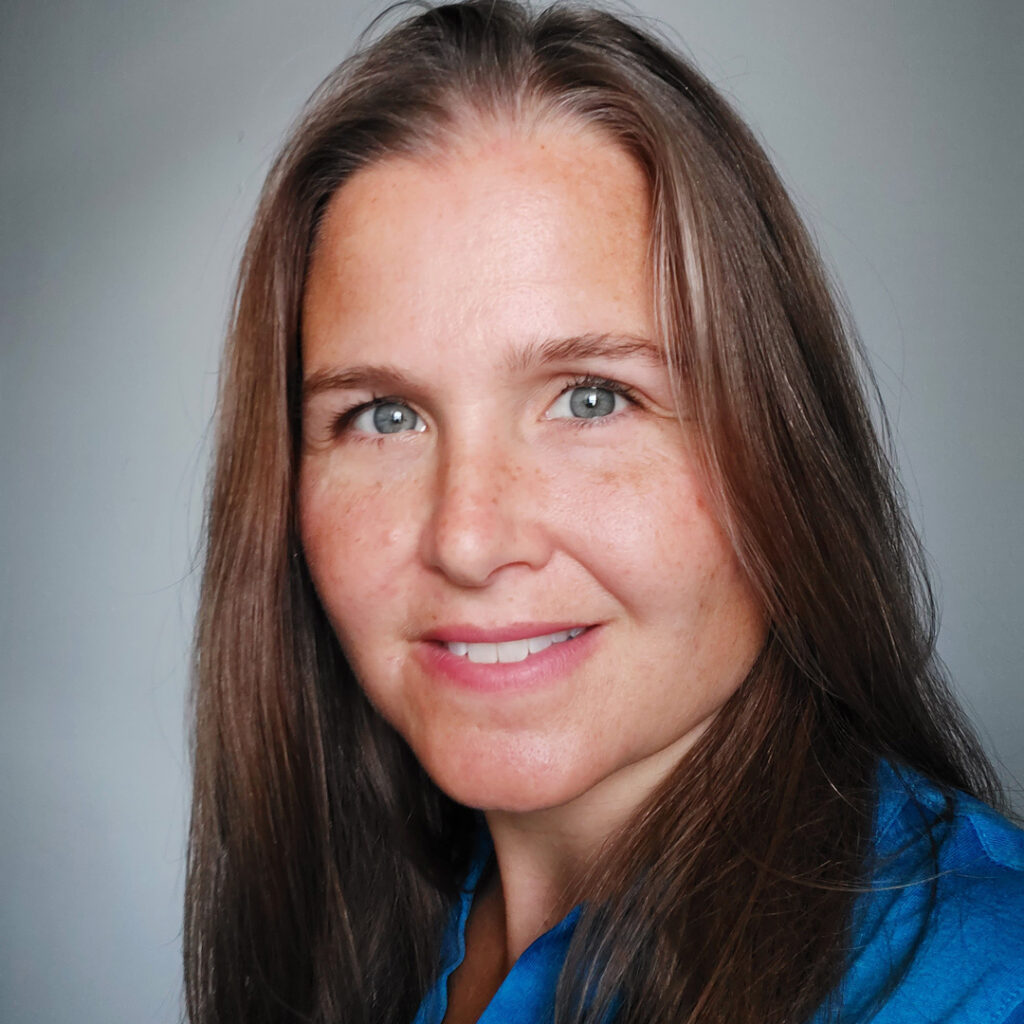
Erin O’Neill,
City of Ottawa’s Infrastructure and Water Services Department
Ontario Excess Soils Management Panel Discussion
- Bio |
- Abstract
- | Presentation
Erin O’Neill
Ontario Excess Soils Management Panel Discussion
N/A